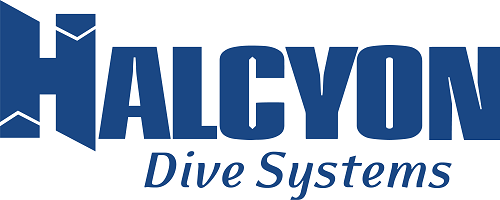Navigation
The Miflex Xtreme Orange coloured hoses listed here are Low Pressure (LP) Regulator hoses. We offer premium quality, Italian made, double-braided Miflex Xtreme hoses at world competitive, value for money prices.
In addition to popular sport/recreational diving hoses in a variety of lengths and fittings, we stock hard-to-find technical diving hoses such as 210 cm (84 inch) regulator second-stage hoses.
3/8" UNF male thread is the standard size used for the majority of 1st stage regulators, but certain makes of regulators require the larger 1/2" UNF size. If you are unaware of this, please check! If you can't figure it out, then please provide us with the details of your regs via email, or give us a call.
PLEASE LOOK CAREFULLY, as we offer so many different hoses that it is easy to make a mistake when ordering.
Orungal
![]() Wreck Dive |
Wreck Dive | ![]() Shore access
Shore access
![]()
![]()
![]()
Steel Steamer | Max Depth: 10 m (33 ft)
Level: Open Water and beyond.
The Orungal (aka SS Orungal) shipwreck, near Formby Reef, Barwon Heads on Victoria's Surf Coast, has social and historical significance for its role as an interstate passenger and mail steamer in the inter-war period, and as a chartered vessel represents the economic impact of the Depression on Australian shipping lines, especially the AUSNCo. It also represents the risks and threats faced by domestic shipping in World War II.
The wrecking of the SS Orungal was closely related to the wrecks of the MV City of Rayville, SS Cambridge and HMAS Goorangai, as the laying of minefields in Bass Strait led to war measures including brown-outs and mine sweeping in the channels, affecting navigation in the area.
Diving the Orungal Shipwreck
The wreck of the Orungal is about 700 metres offshore from the mouth of the Barwon River. It's a nice dive in about 10 metres, though the shipwreck is pretty broken up. The boilers stick up out of the water at low tide.
The site today is marked by two of the four Scotch type boilers sitting upright and exposed at low tide, just north-east of the small boats channel at the entrance to Barwon Heads. Large sections of steel hull plating and framing, and impressively large pieces of ships structure and machinery including masts, booms, deck winches, propeller shaft, flywheel, and a thrust block lie scattered about and make the site an interesting shallow dive.
It is interesting to compare the site of the Orungal with the intact remains of similar large passenger ships scuttled in deep water in the Ships' Graveyard, such as the Milora and Malaita.
Location: Barwon Heads, Victoria 3227
MELWAY Ref: Page 497 C6
Beach Marker: 27W
Parking: When heading south from Barwon Heads on Ewing Blyth Drive, turn left onto Bluff Road. You'll first come to a car parking area which is good if you intend to dive the southern side of Barwon Bluff. If you continue on you'll find a second larger car parking area which is good if you're diving the northern side of Barwon Heads Bluff. Before gearing up check out the water. Do the short walk over the crest and check out the sea. If you see lots of white water, head on home.
Warning: The site is subject to waves and surge, and is best dived on flat calm days. Always go with a buddy and be extremely careful. Experienced divers and snorkellers only.
Entry/Exit: Gear up and walk down the ramp to the beach on the northern side of Point Flinders (The Bluff). Walk onto the rock shelf and as far east as you want to go. Enter the water via the rock shelf. Swim towards Point Flinders and the kelp beds, then some 700 metres east-north-east out to the Orrungal. For most, the Orungal is better accessed as a boat dive.
Ideal Conditions: Only attempt to dive or snorkel here if conditions are very calm with little wind, flat seas, and no swell. See WillyWeather (Barwon Heads) as a guide for the tide times and the height of the tide.
Bass Strait Warning: Always keep an eye on sea conditions throughout any shore or boat dive in Bass Strait on Victoria's coastline. Please read the warnings on the web page diving-in-bass-strait before diving or snorkelling this site.
Orungal Shipwreck History — Built in 1923
The Orungal was built in 1923, by Alexander Stephen & Sons at Linthouse, Glasgow, Scotland, for the Khedival Mail Steamship & Graving Dock Company of Egypt and named the S.S. Fezara. The vessel was 390.1 ft (119 m) long, with a beam of 55.2 ft (17 m) and a draught of 28.1 ft (8.56 m)
Due to the effects on steamship companies of the Great Depression including the steep costs of building new ships and increases in running costs and port charges, no new passenger ships had been ordered in Australia since before World War One.To meet the demand for passenger berths, the Fezara (5826 tons) along with its sister ship the Famaka (5856 tons, renamed Ormiston), were chartered by the Australasian United Steam Navigation Company Ltd (A.U.S.N.Co.) in 1927. Both the A.U.S.N. Co and the Khedival Mail Steamship Co. were part of the P&O Group (Plowman: 44). The Orungal operated in this role as an interstate passenger and mail steamer between 1927 and 1940 (Pemberton: 13, 146), being used mainly on the Melbourne to Queensland and Western Australian runs, with 240 single class berths (Parsons:146).
Following the outbreak of World War Two six of the nine large passenger liners servicing mainland Australian passenger and mail trades were requisitioned by the Government to ferry equipment, troops and supplies. Some of them were converted to armed merchant cruisers and used for patrol work and escort duties in the Indian and Pacific Oceans. The Orungal had originally been requisitioned by the government along with the Zealandia on 25 June 1940, to transport troops to Darwin, but was returned to commercial service because "of her unsuitability& (The Log, May 1994: 58), perhaps too slow for the demands of the work.
As an interesting footnote, two of the A.U.S.N. Co.'s earlier passenger liners and sister ships Kyarra and Kanowna had been similarly requisitioned by the Government in World War One. The Kanowna served with distinction as a troopship and a hospital ship, only to become another of Victoria's marine casualties when it hit a rock off Wilsons Promontory in February 1929. The Kyarra also served as a troopship and was torpedoed two miles off the Isle of Wight in May 1918 with the loss of six lives. The Kanowna was specially declared a historic shipwreck in September 1998 (Commonwealth Gazette No. S. 446 4/9/1998).
In a broader sense the A.U.S.N. Co., as a passenger, mail and cargo carrier "had played a very substantial part in the servicing of the development and expansion of Australia. Likewise, it had made its contribution in two world wars in the vital tools its ships were to Australia's war efforts. It contributed much to the training of officers for the Australian Merchant Marine, being for most of its existence the only company that engaged apprentices." (Fitchett, 1976: 45)
Despite being rejected for patrol and convoy duties the Orungal still had a vital role as one of only three passenger liners left to service the mainland Australian trades (Pemberton: 114, 230). Following its requisitioning by the Government shortly after war broke out, it had been fitted out with defensive armament.
Orungal Sinking — 20 November 1940
On its final voyage arriving at Port Phillip Heads from Sydney, Captain Gilling was attempting to enter The Heads ahead of a worsening south-westerly storm and, with a minefield known to have been laid in the area, had been warned by the Navy not to deviate from the swept channel. The captain and crew held fears that in the stormy seas a mine may have been carried away. In the worsening weather a blur of lights at Barwon Heads was mistaken for Port Lonsdale, and the Orungal steamed ashore onto Formby Reef, just east of the entrance of the Barwon River — instead of passing safely through the middle of the Rip. At the Marine Board Inquiry Capt. Gilling — who had been master of the Orungal since 1926 — stated that after becoming uneasy about his position and changing course to starboard one point:
"At 10.21 pm I ordered the engine room to stand by, and gave instructions for the patent log to be hauled in and for the sounding-gear to be got ready. Approximately two minutes later, in a flash of lightning, I saw land off the port beam. I immediately recognised it as Barwon Heads, and ordered the helm to be put hard to starboard, but the vessel struck before she had time to answer the helm" (Argus 29/11/1940).
Barwon Heads and Ocean Grove residents were startled to hear the shrill blast of the ship's whistle, followed by the bright flares and explosions of signal rockets. The Queenscliff lifeboat crew, who had responded to the tragic collision between the Goorangai and another passenger liner the Duntroon in Port Phillip Bay less than 24 hours earlier, were later praised for their efforts in safely taking off all the passengers and crew.
Most of the passengers were asleep at the time of the wreck, and were woken up by the commotion, the ship shaking "from stem to stern" and stewards ordering them to lifeboat stations in driving rain. It was a dramatic time with the ships siren wailing and distress rockets being fired. It was reported that "When it was found the ship was safe, the passengers all went to the music room. There they sang and danced for several hours. The ship's orchestra played merrily, and amateur performers among the passengers clowned, danced and sang to keep the laughter going. In the early hours of the morning passengers went to their cabins, most of them to sleep soundly while the keel grated on the rocks" (Argus 3 November 1940).
At dawn the Queenscliff lifeboat arrived at the scene having been launched at 2.30 am, and cautiously approached the ship which was being "battered by mountainous seas". By 5 am oil from a burst oil line was helping to calm seas around the Orungal sufficiently enough for the lifeboat to approach, and all the passengers and crew were taken off in a number of trips by the lifeboat. A Court of Inquiry later found that the wreck was caused by an abnormal set of current to the north-west, and cleared the officers and crew of neglect of duty.
The sight of a huge liner almost on the beach saw an unprecedented amount of traffic as people drove an estimated 10,000 cars, using some 60,000 gallons of fuel in a time of strict petrol rationing, to see the spectacle).
Salvage operations began in an attempt to refloat the vessel, scheduled for the high tide on 15 December 1940. However during these operations, at 2.30 am on 13 December 1940, a major fire broke out, believed to have been caused by spontaneous combustion in the boiler room. The ship was soon ablaze, with smoke pouring from its hatches and ventilators, and at mid morning the magazine exploded fiercely. Of the 60 men working aboard the vessel two were severely burned and had to be taken to Geelong Hospital. The gathered spectators witnessed the eerie sight of the ship's hull glowing red when night fell.
The well known building demolition contractor Whelan the Wrecker bought the salvage rights, and methodically proceeded to dismantle the ship and its fittings. The drama was not yet over for the wreckers when — without warning — the burnt out hulk was 'attacked' by RAAF for strafing practice. Salvage rights were transferred to another private owner in 1963.
By 1945 the combined effects of the exposed location, fire and salvage had seen what was left of the wreck disappear beneath the waves.
See also, Heritage Council Victoria: SS Orungal,
Australian National Shipwreck Database: S.S. Orungal, and
Barwon Heads... ..and the Wreck of the Orungal in "Shore Dives of Victoria" by Ian Lewis, 3rd edition pages 46–48.
Heritage Warning: Any shipwreck or shipwreck relic that is 75 years or older is protected by legislation. Other items of maritime heritage 75 years or older are also protected by legislation. Activities such as digging for bottles, coins or other artefacts that involve the disturbance of archaeological sites may be in breach of the legislation, and penalties may apply. The legislation requires the mandatory reporting to Heritage Victoria as soon as practicable of any archaeological site that is identified. See Maritime heritage. Anyone with information about looting or stolen artefacts should call Heritage Victoria on (03) 7022 6390, or send an email to heritage.victoria@delwp.vic.gov.au.
Traditional Owners — This dive site is in the traditional Country of the Wathaurong (Wadda-Warrung) people of the Kulin Nation. This truly ancient Country includes the coastline of Port Phillip, from the Werribee River in the north-east, the Bellarine Peninsula, and down to Cape Otway in the south-west. We wish to acknowledge the Wathaurong as Traditional Owners. We pay respect to their Ancestors and their Elders, past, present and emerging. We acknowledge Bunjil the Creator Spirit of this beautiful land, who travels as an eagle, and Waarn, who protects the waterways and travels as a crow, and thank them for continuing to watch over this Country today and beyond.
Orungal Location Map
Latitude: 38° 17.267′ S (38.287783° S / 38° 17′ 16.02″ S)
Longitude: 144° 30.606′ E (144.5101° E / 144° 30′ 36.36″ E)
Datum: WGS84 |
Google Map
| Get directions
Added: 2012-07-22 09:00:00 GMT, Last updated: 2022-05-03 16:15:53 GMT
Source: GPS
Nearest Neighbour: Barwon Bluff North, 685 m, bearing 253°, WSW
Steel Steamer.
Built: 1923.
Sunk: 20 November 1940.
Barwon Heads, Surf Coast.
Depth: 10 m.
[ Top ]
DISCLAIMER: No claim is made by The Scuba Doctor as to the accuracy of the dive site coordinates listed here. Should anyone decide to use these GPS marks to locate and dive on a site, they do so entirely at their own risk. Always verify against other sources.
The marks come from numerous sources including commercial operators, independent dive clubs, reference works, and active divers. Some are known to be accurate, while others may not be. Some GPS marks may even have come from maps using the AGD66 datum, and thus may need be converted to the WGS84 datum. To distinguish between the possible accuracy of the dive site marks, we've tried to give each mark a source of GPS, Google Earth, or unknown.
Copyright © 2005-2022 by The Scuba Doctor Australia, ABN 88 116 755 170. All rights reserved.
tel. +61 3 5985 1700 :: email. diveshop@scubadoctor.com.au :: Web site by it'sTechnical 2022

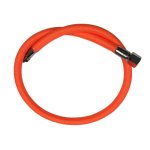



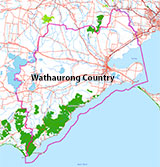







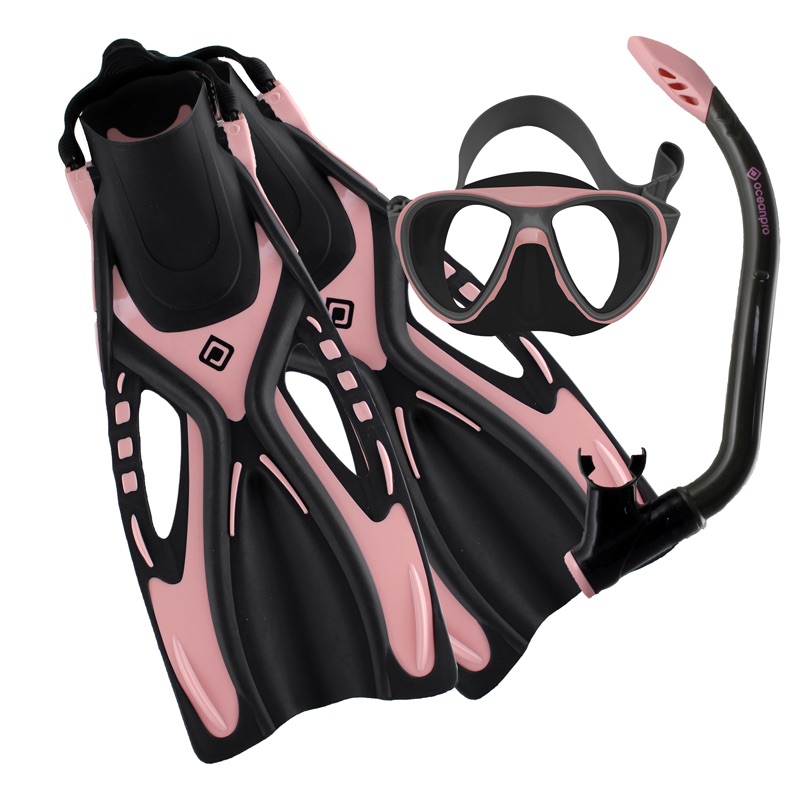


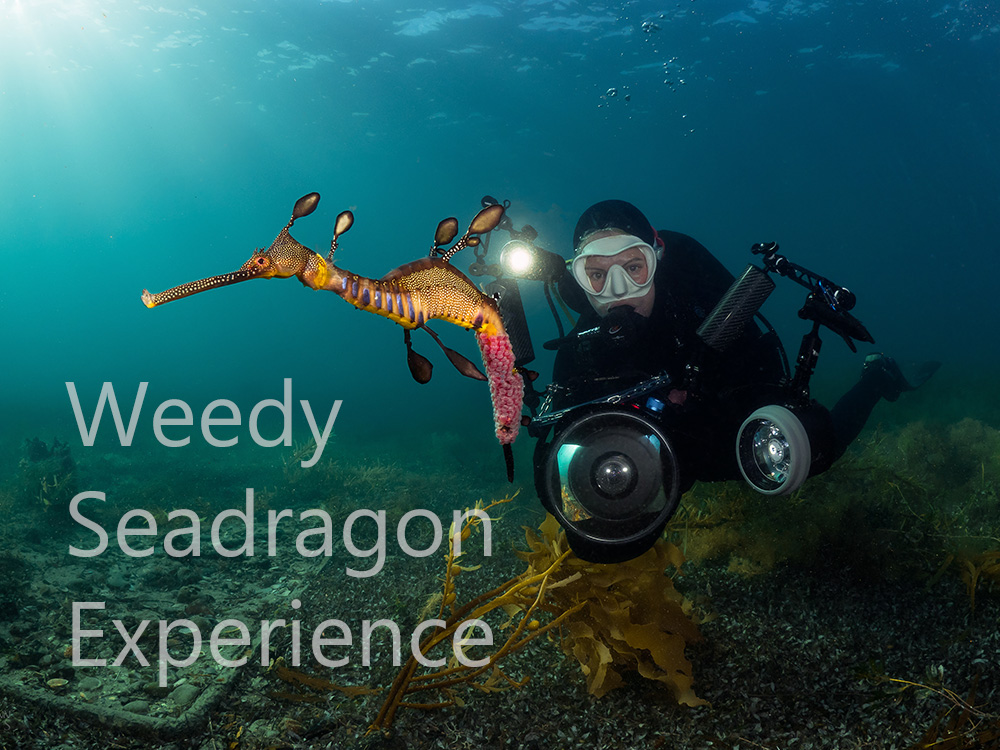

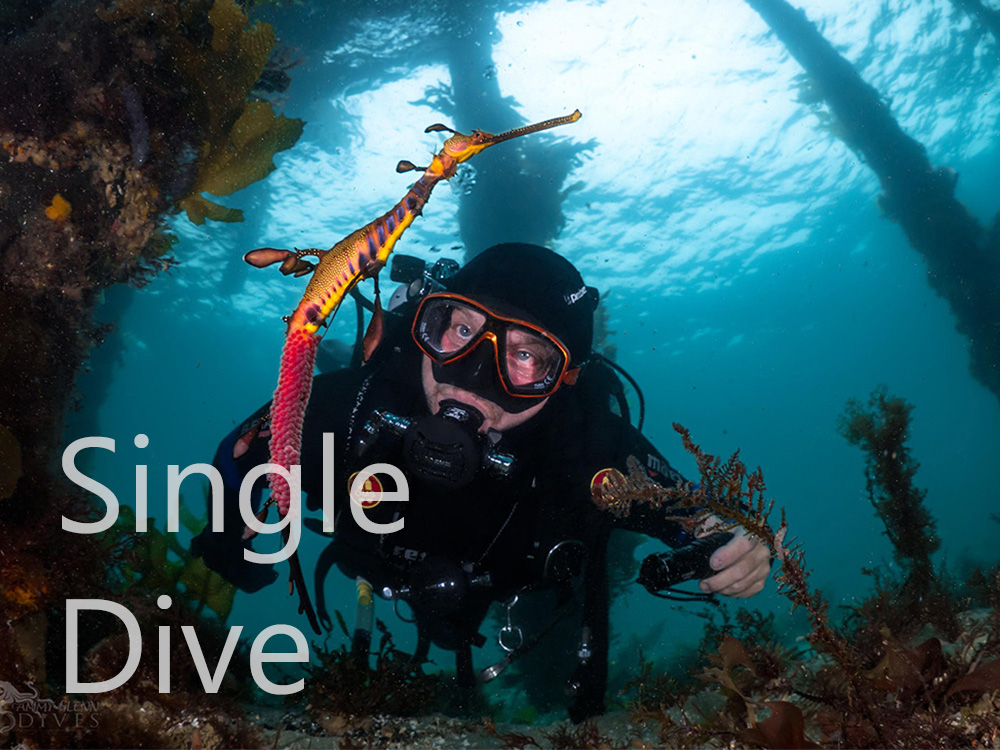

![Halcyon Infinity 30lb System [SS Small Backplate] Halcyon Infinity 30lb System [SS Small Backplate]](/diveshop/images/halcyon/Halcyon-Evolve-Wing.jpg)












































